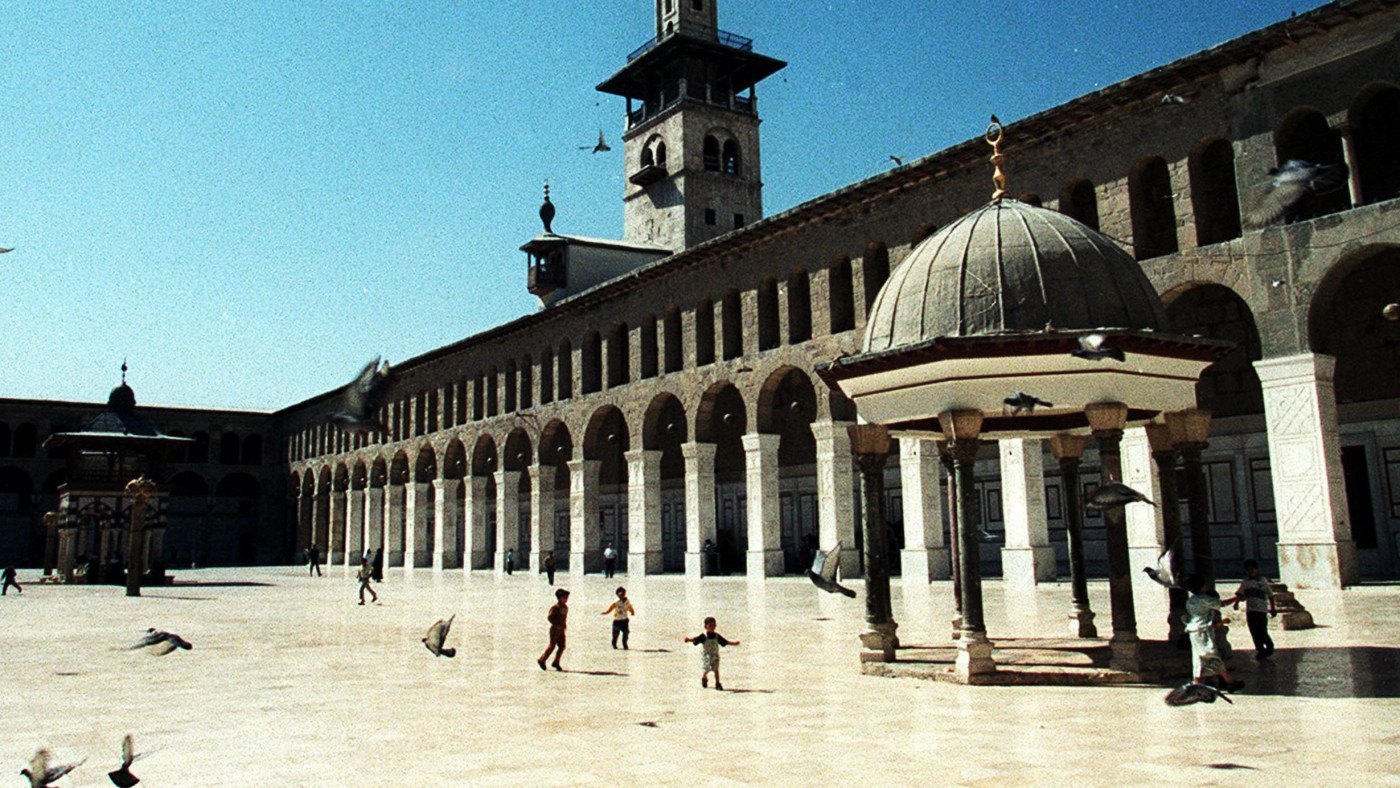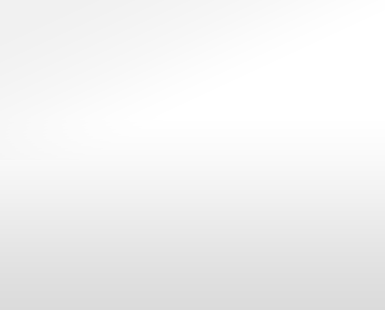The Arab of the Future was first published in France in 2014 where it became a bestseller and one of the most talked about books of recent times. The British edition is published this month. It’s a memoir in graphic form by Riad Sattouf, a half French, half Syrian cartoonist. Before the book came out, he was best known in France for his strip in Charlie Hebdo called “The Secret Life of Youth” that ran from 2004 until 2014.
The memoir begins in 1978 with the birth of Riad to a French mother called Clementine here, though that’s not her real name, and Abdul-Razak, again not his real name, a Syrian studying at the Sorbonne. It is written from the perspective of the young Riad, an impish child with long blonde hair. Everything is seen through his eyes, nothing is ever explained, though sometimes snippets from TV and radio give a wider political background. Another striking technique is the use of colour to represent countries: blue for France, yellow for Libya, red for Syria and a very short green interlude on Jersey.
It is Abdul-Razak who dominates the book. He was from a poor village near Homs in Syria and yet managed to study at the Sorbonne and receive a doctorate. This is where he meets Clementine, an almost silent figure throughout whose feelings are expressed through looks and actions more than words. The book’s title is an ironic nod to the optimistic pan-Arabism of Nasser, Riad’s father’s hero. Abdul-Razak says at one point: ‘I would change everything in the Arab world. I’d make them stop being such bigots, get educated and join the modern world.’
As is often the way with idealists, Abdul-Razak is not a likeable man. He imagines slights and racism all around him. When he’s offered an assistant professorship place at Oxford University, he turns it down because they spelt his name wrong on the letter. Instead, without thinking of his family, he accepts a place teaching in Gaddafi’s Libya. The full madness of a country in permanent revolution is brilliantly portrayed by Sattouf. They are given a house but when they go for a walk they return to find it occupied because Gaddafi has declared all property communal. ‘Libya is the most advanced country in the world. You’ll soon figure it out’ they are told. Food is given out by the state but for weeks on end they get nothing but bananas. Abdul-Razak is being paid handsomely for his work as an assistant professor but the family decide to leave for Syria when ‘Gaddafi announced new laws forcing people to swap jobs. Teachers would now be farmers and farmers would be teachers.’
Libya, however, seems benign compared with Syria. In Riad’s father’s house the men and women are strictly segregated. The women eat the leftovers from the men’s plates. The village is badly built, filthy and people defecate in the streets. But what really shocks is the violence. Riad’s cousins call him ‘Yahudi!’ ( Jew) and try to attack him. Everywhere there is casual cruelty towards animals and at one point they pass some gallows in Homs laden with human bodies. The different religions, Sunni, Shia and Christian, live separate lives. Knowing what we know now about Syria it feels very prescient. Eventually at Clementine’s insistence, the family leave Syria and return to France.
As well as being a bestseller, The Arab of the Future has generally received a rapturous critical reception though it has encountered criticism from the left for the crime of ‘orientalism’ ie pandering to a stereotyped Western view of the East. It is undoubtedly a damning portrait of the Arab world. In both Libya and Syria, there is no community. People call each other brother when they are insulting them. Riad cannot even trust his father’s family. At one point Riad notes: ‘Everyone was smiling but it was obvious that my father and my uncle hated each other.’ The shift from the optimism of the immediate postwar period is mirrored by the father. He says at one point: ‘you have to execute dangerous people before they execute you.’ Despite his claims to pan-Arabism he is at heart a Sunni chauvinist. Once in Syria, the father becomes more devout, adopts Arab dress and tried to get his son to read the Koran. He admires strongman dictators such as Saddam Hussein. He even grows a Saddam moustache because ‘all the important men have moustaches.’
The book is riven with flashes of dark humour like this. At one point Riad is given a lesson in Arabic swearing culminating in the gem, ‘fuck your father’s mother’s mother’s father.’ The comedy is frequently surreal such as when Riad, through a misunderstanding, imagines God to be the French singer Georges Brassens. The penmanship is simple and witty, oddly it reminded me of Matt in the Telegraph. Despite writing for Charlie Hebdo, Sattouf had never been an overtly political cartoonist and yet in The Arab of The Future he has said more about the problems of the Arab world than a hundred newspaper articles. The story ends in 1984 with the family about to return to Syria. The sequel is already out in France with an English edition to come in September. I can’t wait.
The Arab of the Future: A Childhood in the Middle East by Riad Sattouf trans Sam Taylor, Two Roads, is on sale for £18.99 RRP


